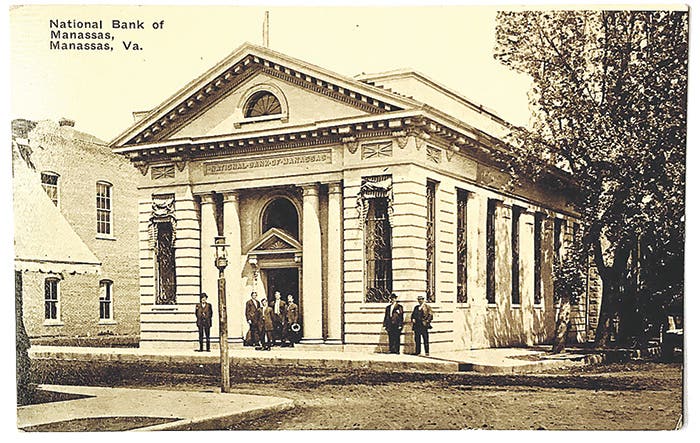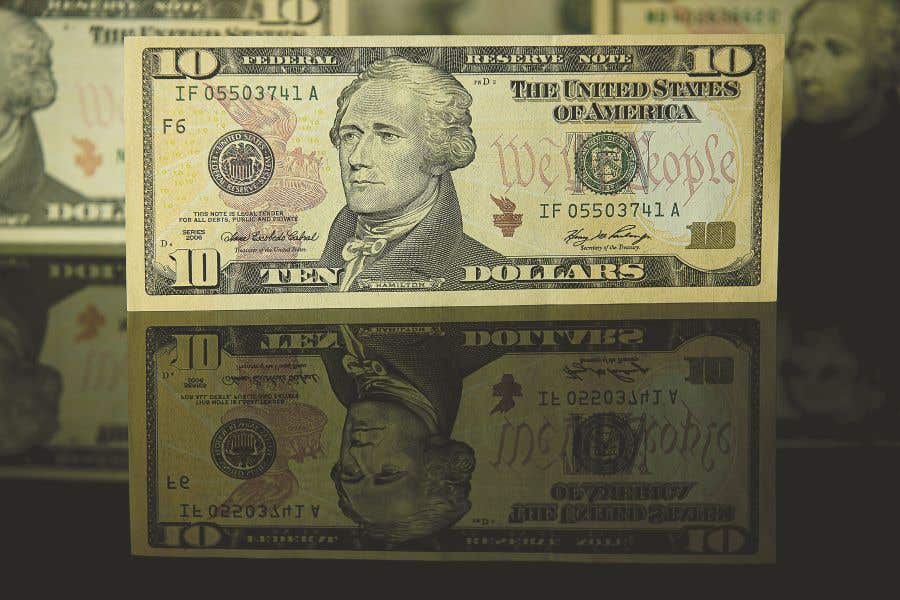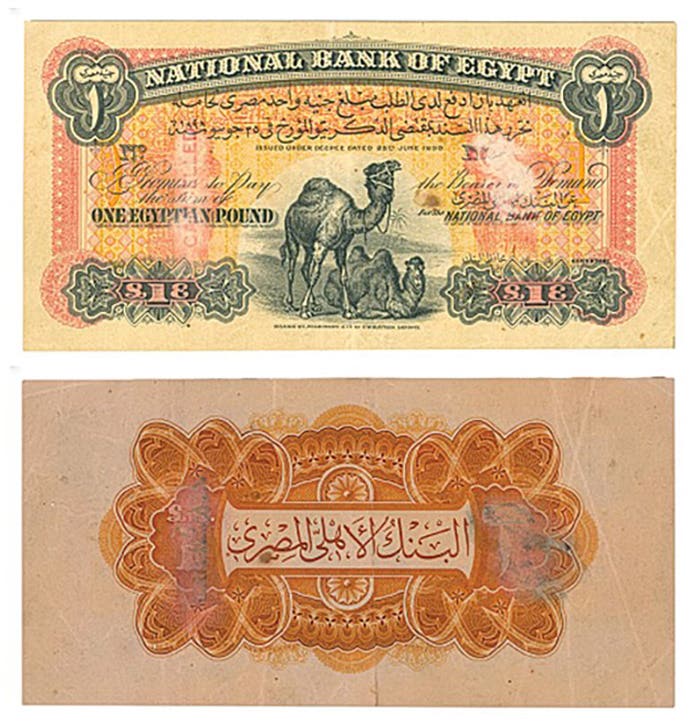Fort Payne boasts interesting past
by Mark Hotz For this, the last month of 2016, I looked again at a very cool item in my own collection as the source for this segment of “Hotz…
by Mark Hotz
For this, the last month of 2016, I looked again at a very cool item in my own collection as the source for this segment of “Hotz off the Press.” Accordingly, we will be visiting the deep South, for a look at Fort Payne, Ala. Let’s go!
Fort Payne is the seat of DeKalb County, located in the northeastern corner of the state. It lies approximately 20 miles southwest of the Georgia state line on U.S. Route 11, easily accessible from Interstate 59. The current population is around 14,000.
Fort Payne has a rich and intriguing history. From the famed Sequoyah, who developed an entire alphabet enabling the Cherokee people to be literate, to the tragic Trail of Tears, to a great industrial boom era and subsequent bust, to a thriving hosiery industry, Fort Payne has had a varied and interesting past.
In 1780, the area now known as Fort Payne, was named after the Cherokee Chief “Red-Haired” Will Weber. The name of this locale was known as Willisi and then Will’s Town. What is officially now called DeKalb County was known as Will’s County until 1836 when the name officially became DeKalb County.
The first general use of the name “Fort Payne” came several years after the Cherokee removal stockades had been abandoned in 1838. Fort Payne became an official name in 1869 and on May 5, 1878, Fort Payne became the county seat of DeKalb County.
In the 1820s Will’s Town was home to a remarkable man by the name of Sequoyah. Sequoyah was a Cherokee chief who single-handedly created an alphabet that allowed an entire nation of Indians the ability to read and write. In 1838, Fort Payne was the site of the Trail of Tears. This was the forced evacuation of the Cherokee Indians to Oklahoma.
Failure of the federal government to provide ample means of transport for personal belongings, the Cherokees were forced to leave behind many of their prized possessions, further stripping them of their pride and dignity. Their journey west was filled with hardships, suffering and illnesses and one out of every seven died before reaching the land they would then call home.
In 1885, coal and iron ore were discovered in the area and investors envisioned a Pittsburgh of the South. The Fort Payne Coal and Iron Co. was organized in 1888 and purchased 32,000 acres in and around Fort Payne. The City of Fort Payne was incorporated on Feb. 28, 1889.
The boom years began. The influx of “Yankee” investors swelled the population from about 450 to thousands. A 125-room hotel was built and occupied an entire city block. The Fort Payne Depot was built in 1891 and the Fort Payne Opera House in 1889 to help accommodate the growing population. Businesses were established and many lovely homes constructed.
By the 1890s, iron and coal deposits were found to be much smaller than anticipated and played out. This, coupled with a national economic panic, saw the end of the boom in 1893. In 1907, a new era began—the era of the hosiery mill. Fort Payne would soon become the largest single location of hosiery manufacturing in America and become known as the “Sock Capital of the World.” By the beginning of the 21st century, the hosiery industry in Fort Payne employed over 7,000 people in more than 100 mills. It produced more than half of the socks made in the United States.
Today, steel-fabricating plants, home-fabricating plants and many other diversified industries add to the financial well-being of the town. A new and lucrative tourist industry is also being developed in Fort Payne, where the many natural scenic wonders of the area are a great attraction, as well as the historical sites of the boom era.
Fort Payne is one of just two National Bank Note-issuing towns in DeKalb County, the other being Collinsville. During the boom years described above, Fort Payne saw the opening of the First National Bank of Fort Payne, charter 4064, chartered in 1889, the same year that the town was incorporated. Like the Fort Payne boom itself, the bank fizzled out and went into receivership in January 1894. It was a very small bank to start with, circulating just $21,000 in Brown Back notes. By 1915, a mere $60 was outstanding. No notes from this bank are known to exist.
Fort Payne did not see the opening of another national bank until 1919, during the hosiery era, when the First National Bank in Fort Payne received charter 11451. This bank flourished through the end of the national currency era, circulating over $920,000 worth of notes. The bank issued solely $5 notes, quite unusual for a bank, in Series 1902 Plain Back and both types of small-size notes.
I am quite pleased to have among my holdings an uncut sheet of large-size $5 notes issued by this bank, the only uncut sheet of large-size notes known for any bank in Alabama. I have had this sheet since the end of 1997, when I obtained it as part of a complex trade involving some Maryland notes from my collection.
I have included a photo of the uncut sheet, which bears super brown pen signatures of two members of the family who controlled the bank, J.A. Davis, Jr., cashier, and W.B. Davis, vice president. Feast your eyes on this jewel, as you may never see another uncut large-size sheet from Alabama again.
I have also included a Series of 1929 $5 Type 2 issued by the bank, bearing the facsimile signature of cashier Davis, but with G.I. Weatherly as president.
The old First National Bank building, erected in 1920, is still standing in Fort Payne today. Located at the corner of Gault Avenue and Second Street, it is now a branch of BBVA Compass Bank in Fort Payne. I have included a postcard view showing the bank on Gault Avenue circa 1935, with an arrow pointing to the bank, and a modern view of the bank today.
Fort Payne today is replete with antique shops and quaint stores and restaurants. For the railroad enthusiast, Fort Payne boasts the classic Alabama Great Southern Railroad Depot Museum. The depot was built in 1891, at the height of Fort Payne’s mining-driven boom. Passenger service ended in 1970, but the depot continued to service freight until 1983. It was converted into a museum in 1986, which includes exhibits with 19th century and Native American artifacts, a collection of dioramas of fantasy scenes and historical events, and a former Norfolk Southern caboose.
The depot was designed in Richardsonian Romanesque style by architect Charles C. Taylor. It is clad in grey sandstone with pink granite trim. The depot was listed on the National Register of Historic Places in 1971.
Readers may address questions or comments about this article or National Bank Notes in general to Mark Hotz directly by email at markbhotz@aol.com
This article was originally printed in Bank Note Reporter. >> Subscribe today.
More Collecting Resources
• The Standard Catalog of United States Paper Money is the only annual guide that provides complete coverage of U.S. currency with today’s market prices.
• Any coin collector can tell you that a close look is necessary for accurate grading. Check out this USB microscope today!









